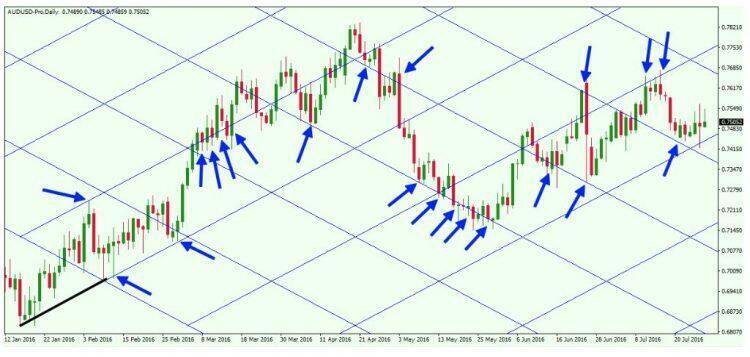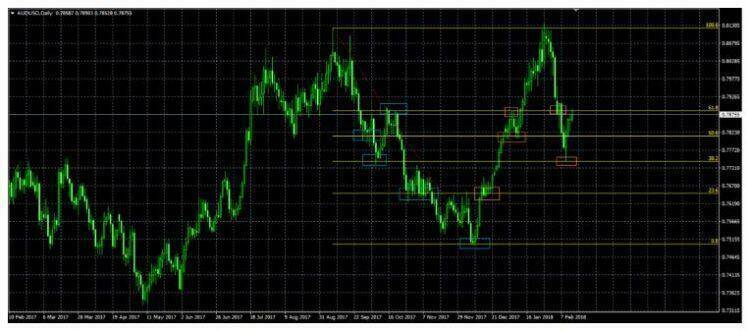Contents:


The statistics and the tables of collections of figures are the sources of data. You provide different photographs that you want to arrange in the collage as the input to the application. After providing the images, they are processed and aligned according to the chosen theme. In the end, you get a single collage image as the output from the application.
After processing, what you get as output is the information. The information you get from the processing of data is utilized for some further judgment. In terms of computers, the term information means, “important or useful facts obtained as output from a computer by means of processing input data with a program”. The dictionary meaning of the word information is, “knowledge gained through study, communication, research, instruction, etc.”.
The aim is to provide a snapshot of some of the most exciting work published in the various research areas of the journal. Yu, M., Dai, Z., Tang, X., Wang, X., Zhang, X., Sha, W., et al. . Convergence and divergence of brain network dysfunction in deficit and non-deficit schizophrenia. All claims expressed in this article are solely those of the authors and do not necessarily represent those of their affiliated organizations, or those of the publisher, the editors and the reviewers.
Data can be simple—and may even seem useless until it is analyzed, organized, and interpreted. Because data needs to be interpreted and analyzed, it is quite possible — indeed, very probable — that it will be interpreted incorrectly. When this leads to erroneous conclusions, it is said that the data are misleading. Often this is the result of incomplete data or a lack of context.
There is one unique STUDENT_ID for each student, but the STUDENT_ID may appear many times in the “Enrollment” table, indicating that each student may be enrolled in many classes. The “1” and “M” in the diagram above indicate the one to many relationships among the keys in these tables. Understanding this distinction is crucial for businesses, organizations, and individuals who rely on data to make informed decisions. By recognizing data vs information, one can appreciate the importance of data quality, accuracy, and relevance. Organizations must guarantee that only high-quality and relevant data is captured and retained for subsequent processing at this level.
Once you have high-quality data synced between your apps, you can optimize the information collected from it. That can include using automated data reporting that’s transparent to key people in your business and offers meaningful insights. Remember that if the information isn’t timely and relevant, it isn’t worthwhile for your business to collect. Now we can look at our upper and lower limits to see what our longest and shortest piece of strings are. Let’s say we find that our longest piece of string is only 9.75 cm and our shortest is only 9.35 cm, this would mean that there is a pretty good chance that our process for producing the pieces of string are simply cutting them too short.
Suppose we have marksheet with us , now in this case we have marks as the data and the complete marksheet is information. The interpreter could be human, computer or any other entity having procedural capacities which render the data ‘informative’.
Deficit schizophrenia , proposed by Carpenter et al. , is a homogeneous subtype characterized by a trait-like feature of primary and prominent negative symptoms. Therefore, differentiating the two subtypes may have important implications for understanding the psychopathology and improving clinical interventions in these two subgroups of schizophrenia. However, if you’re going to use data and information to impact business decisions, be mindful that it needs to be high-quality.
Human milk-derived fortifiers are linked with feed extension due to ….
Posted: Wed, 29 Mar 2023 13:54:37 GMT [source]
There are also very few studies that use SVM to classify and predict DS and NDS. Based on tryptophan catabolites and Consortium To Establish a Registry for Alzheimer’s disease features, Kanchanatawan et al. used SVM to strongly segregate deficit from non-deficit schizophrenia and healthy controls. However, few studies use magnetic resonance data to classify DS and NDS. Based on effective feature selection of these image data, SVM can find more objective seed regions for functional connectivity analysis of schizophrenia. In the present study, we applied SVM to discriminate DS from NDS using their GMV data. Then, the high-weight classified brain regions were used as seed points in whole-brain FC analysis and thalamic FC imbalance analysis of DS and NDS.
Doing so provides a complete overview of your data, regardless of the application where it was collected. Once your information has an application or use, it then becomes knowledge. And knowledge can have a direct influence on your organization’s performance. Data is usually presented numerically, whereas information is often presented through words. Data is a group of facts or statistics, whereas information offers context. That’s where customer relationship management comes into the picture.

For more information on the journal statistics, click here.Multiple requests from the same IP address are counted as one view. Rijsdijk, F.V.; Sham, P.C. Analytic approaches to twin data using structural equation models. Wang, L.; Shentu, Q.; Xu, B.; Liang, Y. The prevalence of anxiety on the empty-nest elders in China.
Why does the distinction between difference between information and data vs information matter for businesses? Organizations that prioritize collecting data, interpreting it, and putting that information to use can realize significant benefits. When used correctly, data (and the information that’s gleaned from it) can drive smarter and faster business decisions. Customer Insights Manage and distribute insights research to stakeholders so that your hard work can help drive business decisions. There is a subtle difference between data and information.
Fervaha, G., Agid, O., Foussias, G., Siddiqui, I., Takeuchi, H., and Remington, G. Neurocognitive impairment in the deficit subtype of schizophrenia. The authors declare that the research was conducted in the absence of any commercial or financial relationships that could be construed as a potential conflict of interest. This work was supported by funding from the Youth Innovative Talent Support Program Fund of the Zhejiang Provincial Department of Health and R&D Plan of Key Fields in Guangdong Province .
Western News – Western prof co-leads study on how U.S. religious ….
Posted: Wed, 29 Mar 2023 18:23:10 GMT [source]
Their eligibility for financial aid is determined based on their financial situation and their parent’s income, assets, and family size. In this article, you understood what data and information are and what are the various differences between data and information. But if we say about data, as data is raw and is meaningless so it is useless in decision making. You can not make a decision on the basis of raw facts and figures. And if you do so, then there is a high priority that the decision may be wrong as it will rely on assumptions.
Even though these two terms are somehttps://traderoom.info/s used interchangeably, there is a significant difference between them. When information is accumulated or utilized to better understand or perform anything, it is referred to as knowledge. In the world of computers, data is the input, or what you tell the computer to do or save. Information is the output, or how the computer interprets your data and shows you the requested action or directive.

Information is defined as processed data that is used to make decisions and solve problems. Information is structured and organized, whereas data is disorganized and unstructured. Most organizations have several databases—perhaps even hundreds or thousands. And these various databases might be focused on any combination of functional areas , geographical regions, or business units. Firms often create specialized databases for recording transactions, as well as databases that aggregate data from multiple sources in order to support reporting and analysis.

Because it has not been processed or interpreted in any way, it is often referred to as raw or primary data. Data is used in a variety of fields, ranging from business and economics to science and engineering. Data is gathered from various sources, such as surveys, experiments, and observational studies. It can be numerical, textual, or visual, as well as structured or unstructured. Structured data is data that has been organized into a fixed field format, whereas unstructured data is data that has not been organized in any way. It’s also used to create new products and services, improve old ones, and conduct statistical analysis.
Write your comment